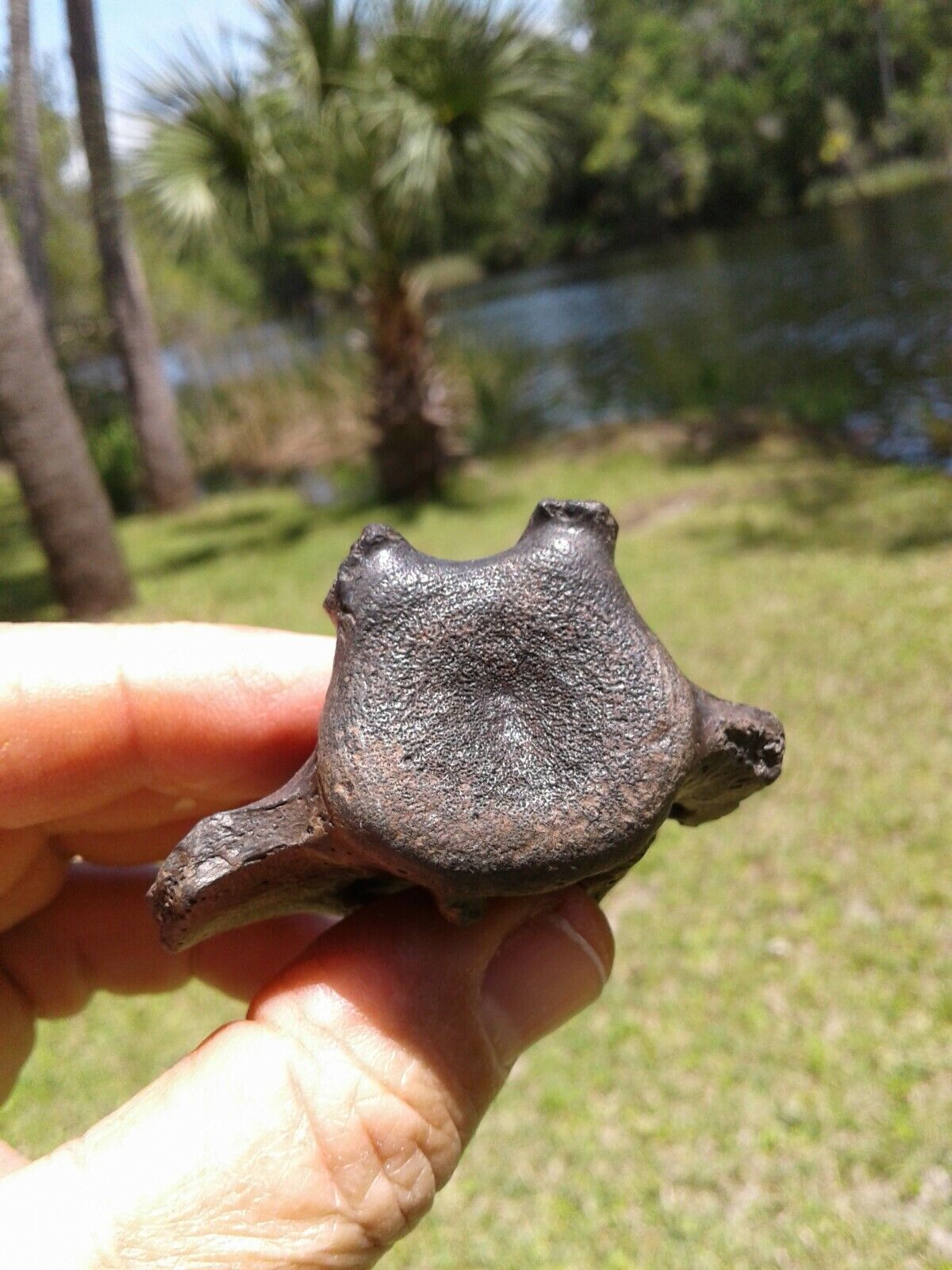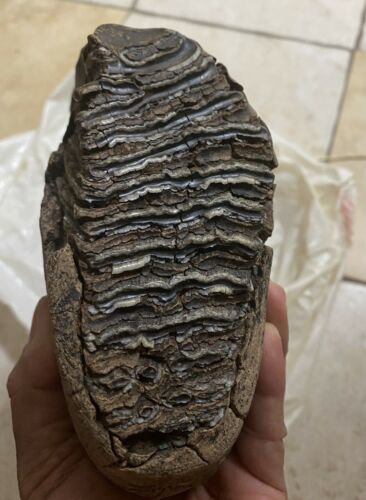-40%
Oreodont Skull Leptauchenia Fossil White River Formation South Dakota PrimoSkull
$ 509.52
- Description
- Size Guide
Description
One of the nicest Leptauchenia oreodonts I have had the pleasure to own. This one came out of a nodule with very minimal bone loss. Most of these little skulls get eroded all to hell before someone finds them. Every single one we have found was in a nodule zone. This particular example was good enough that we sent it off for minimal restoration so it would be a primo example. The fine folks at White River Preparium in Hill City, South Dakota did the finishing touches on this skull. There is some resto to the back of the brain case and some front teeth. All the side teeth are totally original. This is a great skull I would keep if I didn't already have a few plus we just got one in a nodule that should be the best we have ever worked on. Killer example of a hard to find species.Leptauchenia
From Wikipedia, the free encyclopedia
Jump to navigation
Jump to search
Leptauchenia
Temporal range: Late
Oligocene
- Early
Miocene
Leptauchenia decora
skull
Scientific classification
Kingdom:
Animalia
Phylum:
Chordata
Class:
Mammalia
Order:
Artiodactyla
Family:
†
Merycoidodontidae
Tribe:
†
Leptaucheniini
Genus:
†
Leptauchenia
Leidy
, 1856
Type species
Leptauchenia decora
Leidy, 1856
Species
see text
Synonyms
Brachymeryx
Cyclopidius
Hadroleptauchenia
Pithecistes
Pseudocyclopidius
Leptauchenia
is an
extinct
goat
-like
genus
of
terrestrial
herbivore
belonging to the
oreodont
family
Merycoidodontidae
, and the type genus of the
tribe
Leptaucheniini
. The genus was endemic to
North America
during the
Late Oligocene
to
Early Miocene
(33.9—16.3
mya
) and lived for approximately
17.6
million years
.
[1]
Contents
1
Morphology
2
Fossil distribution
3
Species
4
References
Morphology
[
edit
]
Artist's reconstruction of
Leptauchenia decora
Because the eyes and nostrils were placed high on the head, it was long assumed that
Leptauchenia
was an aquatic, or semi-aquatic animal. However, because their fossils have never been found in floodplain deposits or river channels, and their abundance in fossil sand dunes,
Donald Prothero
suggests that they were desert-dwelling animals.
[2]
According to Prothero's interpretation, the high-placed eyes and nostrils served to filter out sand while burrowing, or while digging themselves free of sand dunes.
Fossil distribution
[
edit
]
Skeletons of
Leptauchenia
have been found by the thousands and in greater numbers than the related genus
Sespia
, it is often quoted as being the most numerous mammal in North America during the Late Oligocene.
[3]
It had high-crowned, hypsodont teeth which were used to chew gritty vegetation.
Species
[
edit
]
L. brevifacies
(syn.
Pithecistes decedens
)
L. decora
(type species) (syn.
Hadroleptauchenia primitiva
,
Leptauchenia harveyi
,
Pithecistes breviceps
,
Pithecistes facies
,
Pithecistes tanneri
,
Pseudocyclopidius frankforteri
)
L. eiselyi
L. major
(syn.
Brachymeryx feliceps
,
Cyclopidius emydinus
,
Cyclopidius incisivus
,
Cyclopidius lullianus
,
Cyclopidius simus
,
Hadroleptauchenia extrema
,
Hadroleptauchenia shanafeltae
,
L. densa
,
L. margeryae
,
L. martini
,
L. parasimus
,
Pithecistes altageringensis
,
Pithecistes copei
)
L. orellaensis
References
[
edit
]
^
PaleoBiology Database:
Leptauchenia
, basic info
^
Prothero, D. R., and F. Sanchez. 2005. Review of the leptauchenine oreodonts (Mammalia: Artiodacttyla).
New Mexico Museum of Natural History and Science Bulletin.
^
Prothero, D.R. (2006).
After the Dinosaurs: The Age of Mammals
. Indiana University Press.
ISBN
0-253-34733-5
.
Taxon identifiers
Wikidata
:
Q6527897
EoL
:
4448438
Fossilworks
:
42496
GBIF
:
4835284
IRMNG
:
1005424















